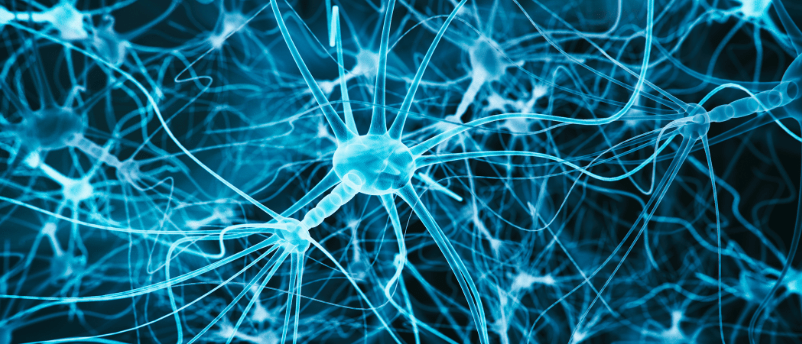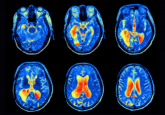Molecular clean-up mechanism removes plaques in Alzheimer’s disease

Researchers have produced a monoclonal antibody capable of encouraging the breakdown of plaques associated with Alzheimer’s disease in mice.
Researchers at the Washington School of Medicine in St. Louis (MO, USA) have recently demonstrated the clearance of plaques that contribute to Alzheimer’s disease (AD) using a new antibody drug in a mouse model. This clearance was also associated with reduced abnormal behavior associated with AD. It is hoped that these findings can serve as a proof-of-concept for a new range of anti-neurodegenerative drugs that work via immunostimulation.
The formation of amyloid plaques in the brain is a hallmark of AD. Microglia, resident immune cells in the brain and spinal cord, can wrap around these plaques to prevent their spread. Microglia also have the potential to engulf, degrade and clear amyloid plaques, but this capability is typically inhibited in AD. It is thought that this inhibition occurs due to interaction between Apolipoprotein E (ApoE) protein present in amyloid plaques and LILRB4 surface proteins present on microglia and expressed to a greater extent in individuals with AD.
To confirm this hypothesis, the team used a mouse model that produced amyloid plaques and encoded human LILRB4. The mice showed enriched LILRB4 expression in microglia, especially in proximity to ApoE-positive amyloid plaques.

Flip-flopping fibrils: synthetic amyloid peptides developed for drug delivery
Researchers have developed a potential new peptide-based drug delivery system by repurposing fibrils that contribute to Alzheimer’s disease pathogenesis.
The researchers then targeted the interaction between these proteins to facilitate amyloid fibril degradation. To do this, they injected a recombinant anti-LILRB4 antibody into the mice. As the purpose of this antibody was to just prevent interaction between LILRB4 and ApoE, the Fc region was mutated to prevent the recruitment of immune cells.
Evaluation revealed that mice receiving anti-LILRB4 injections exhibited decreased risk-taking behavior, indicating the improvement of a key symptom associated with AD-like pathology. The researchers then analyzed the brains of these mice and found a significantly reduced number of amyloid plaques, as well as decreased neuronal dystrophy. They also examined transcriptional profiles of microglia from mice treated with anti-LILRB4 antibodies and found an increase in gene expression associated with phagocytosis, compared to controls.
These findings suggest that disruption of the inhibitory association between LILRB4 on microglia and ApoE in amyloid plaques in individuals with AD presents a promising new avenue for AD treatment. Moreover, as similar protein aggregates are involved in the development of other neurodegenerative diseases such as Parkinson’s Disease and Huntington’s disease, it is hoped that these findings would also be applicable in the treatment of a range of conditions.
“By activating microglia generally, our antibody can remove amyloid beta plaques in mice, and it could potentially clear other damaging proteins in other neurodegenerative diseases, including Parkinson’s disease,” elaborated the study’s senior author, Marco Colonna.





